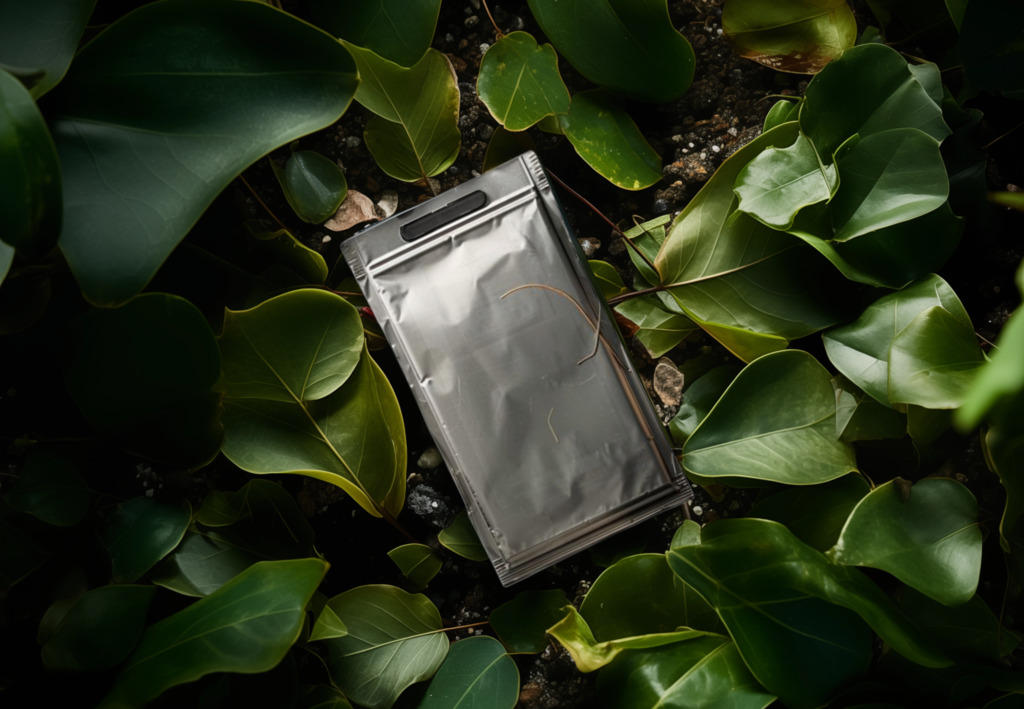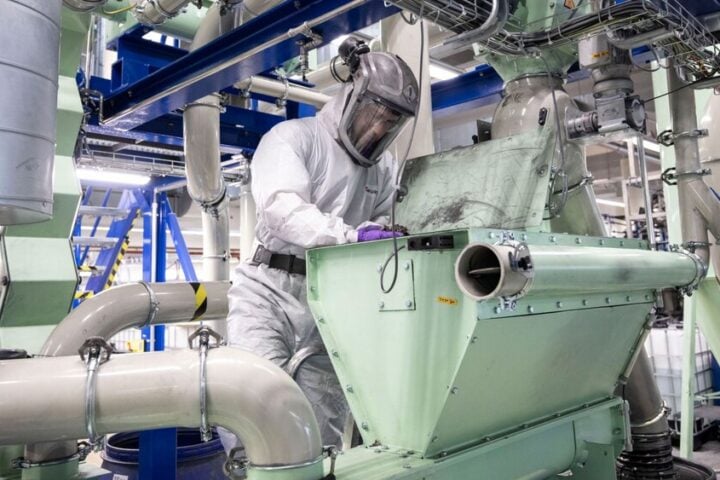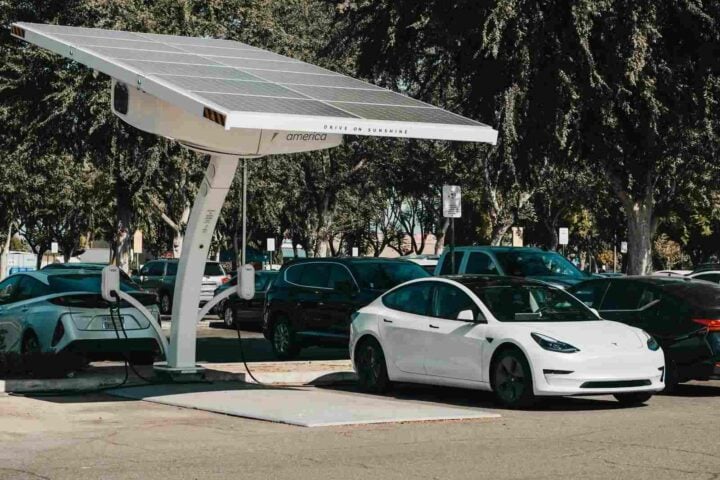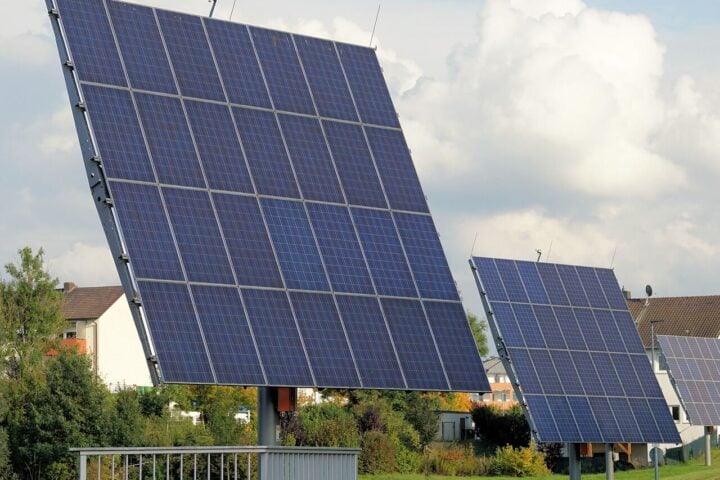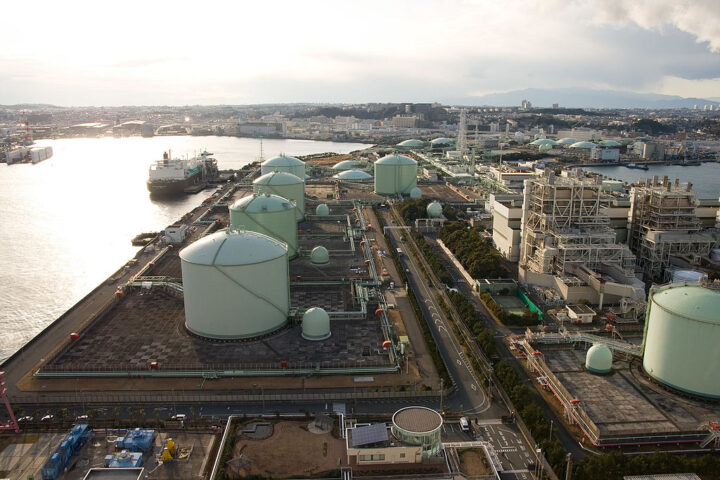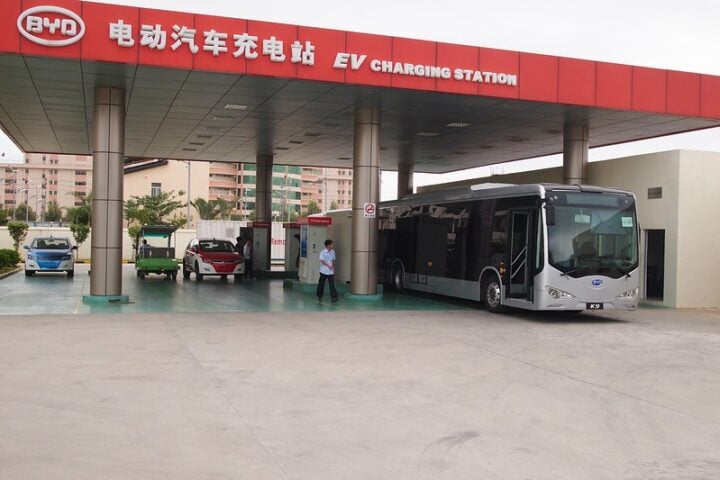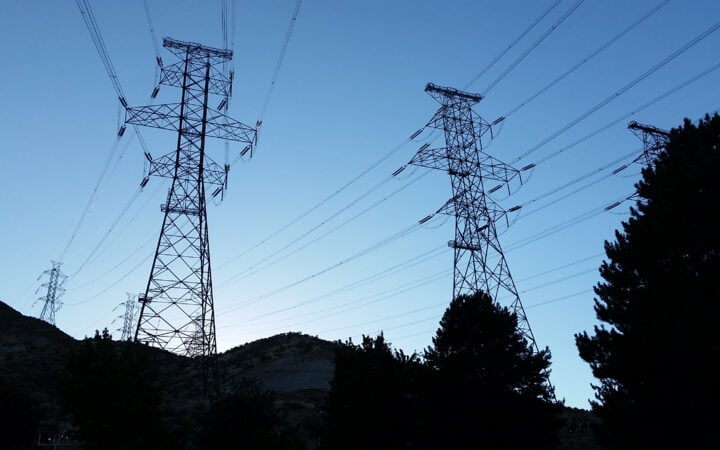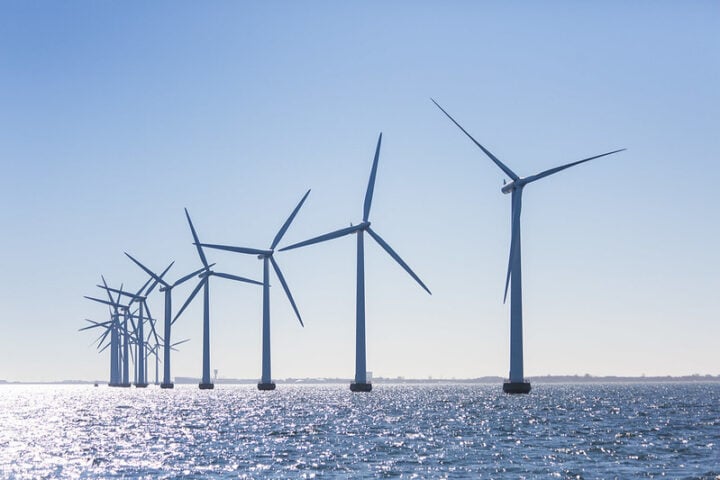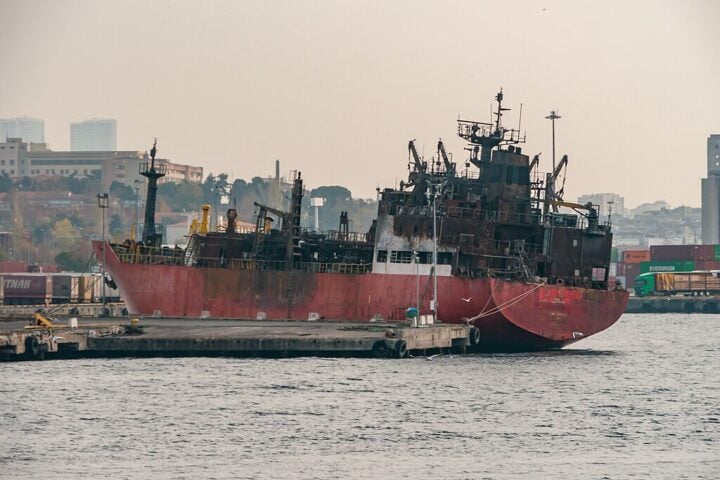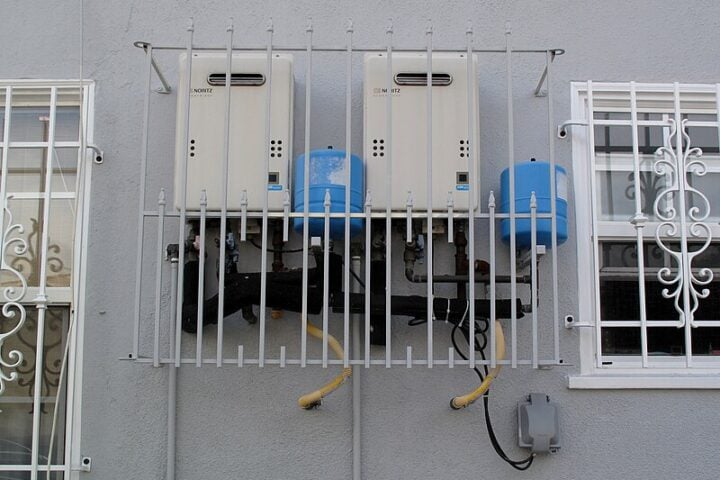A new type of battery made from paper could change how we power everything from phones to cars. Singapore company Flint has created these batteries that are as powerful as regular ones but won’t catch fire or harm the environment.
“Our supply chain is very abundant, and we don’t require rare earth or toxic materials,” explains Carlo Charles, Flint’s CEO.
The numbers tell an important story. Regular lithium batteries cost about $115 per kilowatt-hour. Flint’s paper batteries could cost less than $50 per kilowatt-hour – less than half the price. This could lead to more affordable electronic devices and vehicles.
Safety is another big advantage. In 2024, New York City reported 277 fires from regular batteries. On airplanes, battery fires happen about twice every week. Flint’s batteries don’t have this problem – you can even cut them in half while they’re working, and they won’t catch fire.
Similar Posts
The secret is in using materials found naturally. Instead of rare metals like lithium, these batteries use zinc and manganese – minerals that can be found in your food and body, according to Charles. The paper part comes from cellulose, the same material in regular paper.
The team has already caught the attention of major companies. “These discussions highlight a growing appetite for next-generation energy solutions,” says Charles. “We’re not just offering a sustainable option; we’re offering a better, safer, and more affordable alternative to unsustainable batteries.”
When the battery dies, it breaks down in just six weeks if buried in soil. Regular batteries can take decades to decompose and often leak harmful chemicals. At Flint’s office, they compost their used batteries to nourish the office plants.
The company recently received $2 million to start making these batteries in Singapore. They plan to expand to other countries, including China, India, and the United States. By the end of this year, they aim to have the first commercial-scale paper batteries in production.
Future possibilities are exciting. These batteries could be built into foldable phone screens or electric car parts. Since they’re flexible, they can fit into spaces where regular stiff batteries can’t go.
